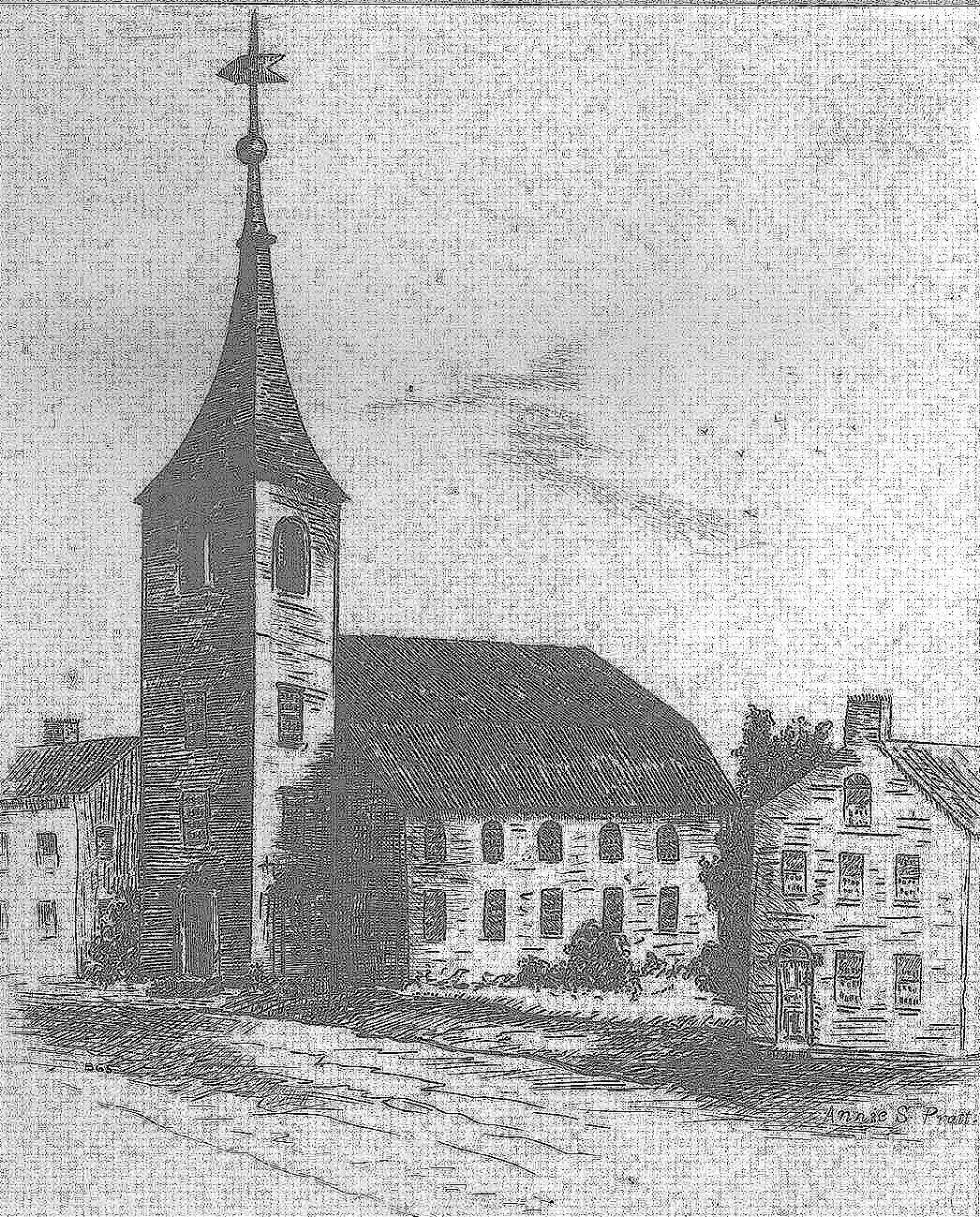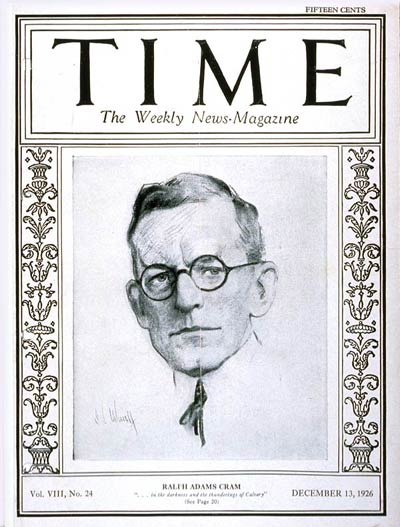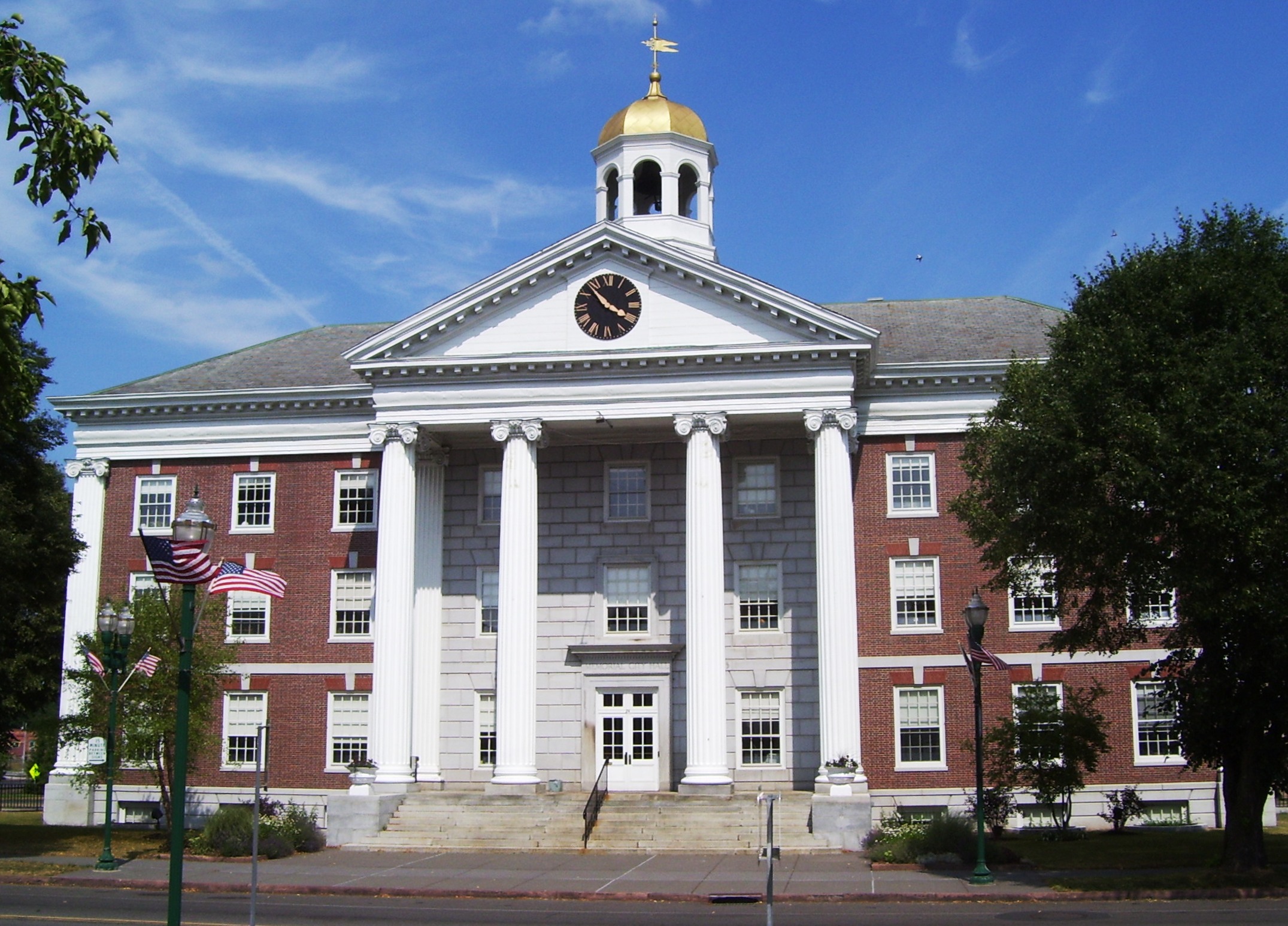|
Second Church In Boston
The Second Church in Boston (also known as the Ruggles Baptist Church) is a historic church building at 874 Beacon Street in Boston, Massachusetts. It was built in 1914 in Colonial Revival style to designs by the firm of architect Ralph Adams Cram. History The Second Church, Boston congregation was founded in 1649, as the second Congregational church in Boston. Later the congregation adopted a Unitarian theology. After moving to several meeting houses, the congregation constructed the Beacon Street building in 1914. In 1970 the Second Church congregation merged with First Church in Boston, and the Ruggles Baptist Church, an American Baptist Churches USA congregation, acquired the Beacon Street building. The church building was added to the National Register of Historic Places on June 24, 2010. See also *National Register of Historic Places listings in southern Boston, Massachusetts __NOTOC__ Boston, Massachusetts is home to many listings on the National Register of Historic ... [...More Info...] [...Related Items...] OR: [Wikipedia] [Google] [Baidu] |
Second Church, Boston
The Second Church (1649–1970) in Boston, Massachusetts, was first a Congregational church, and then beginning in 1802, a Unitarian church. The congregation occupied a number of successive locations around town, including North Square, Hanover Street, Copley Square, and the Fenway. Ministers included Michael Powell, Increase Mather, Cotton Mather, and Ralph Waldo Emerson. In 1970 it merged with Boston's First Church. History Buildings Through its long history, the Second Church had some eight church buildings successively, located in various parts of Boston:Chandler RobbinsA history of the Second Church or Old North, in Boston: to which is added a History of the New Brick Church. Boston: John Wilson & Son, 1852 * North Square (1649–1776). In 1677 a new building replaced the old. * Hanover Street (1779–1849). In 1779 the Second Church merged with the New Brick Church, and moved into the New Brick's building on Hanover St. In 1845 a new building replaced the old. * Bedford ... [...More Info...] [...Related Items...] OR: [Wikipedia] [Google] [Baidu] |
Ralph Adams Cram
Ralph Adams Cram (December 16, 1863 – September 22, 1942) was a prolific and influential American architect of collegiate and Church (building), ecclesiastical buildings, often in the Gothic Revival architecture, Gothic Revival style. Cram and Ferguson Architects, Cram & Ferguson and Cram, Goodhue & Ferguson are partnerships in which he worked. Cram was a fellow of the American Institute of Architects. Early life Cram was born on December 16, 1863, at Hampton Falls, New Hampshire, to William Augustine and Sarah Elizabeth Cram. He was educated at Augusta, Maine, Augusta, Hampton Falls, Westford Academy, which he entered in 1875, and Phillips Exeter Academy. At age 18, Cram moved to Boston in 1881 and worked for five years in the architectural office of Rotch & Tilden, after which he left for Rome to study classical architecture. From 1885 to 1887, he was art critic for the ''Boston Transcript''. During an 1887 Christmas Eve mass in Rome, he had a dramatic conversion experience. ... [...More Info...] [...Related Items...] OR: [Wikipedia] [Google] [Baidu] |
Colonial Revival
The Colonial Revival architectural style seeks to revive elements of American colonial architecture. The beginnings of the Colonial Revival style are often attributed to the Centennial Exhibition of 1876, which reawakened Americans to the architectural traditions of their colonial past. Fairly small numbers of Colonial Revival homes were built c. 1880–1910, a period when Queen Anne-style architecture was dominant in the United States. From 1910–1930, the Colonial Revival movement was ascendant, with about 40% of U.S. homes built during this period in the Colonial Revival style. In the immediate post-war period (c. 1950s–early 1960s), Colonial Revival homes continued to be constructed, but in simplified form. In the present-day, many New Traditional homes draw from Colonial Revival styles. While the dominant influences in Colonial Revival style are Georgian and Federal architecture, Colonial Revival homes also draw, to a lesser extent, from the Dutch Colonial ... [...More Info...] [...Related Items...] OR: [Wikipedia] [Google] [Baidu] |
Beacon Street
Beacon Street is a major thoroughfare in Boston, Massachusetts and its western suburbs Brookline and Newton. It passes through many of Boston's central and western neighborhoods, including Beacon Hill, Back Bay, Fenway–Kenmore, the Boston University campus, Brighton, and Chestnut Hill. It is not to be confused with the Beacon Street in nearby Somerville or others elsewhere. Description Beacon Street begins as a one-way street from the intersection of Tremont Street and School Street. From this point, it rises up Beacon Hill for a block where it meets Park Street in front of the Massachusetts State House. From that intersection it descends Beacon Hill as a two-lane, bi-directional street until it reaches Charles Street. At Charles Street, it becomes a one-way avenue that runs through the Back Bay neighborhood until it reaches Kenmore Square. From Kenmore Square, Beacon Street skirts the area around Fenway Park and follows a southwesterly slant through Brookline along ... [...More Info...] [...Related Items...] OR: [Wikipedia] [Google] [Baidu] |
Congregationalism In The United States
Congregationalism in the United States consists of Protestant churches in the Reformed tradition that have a congregational form of church government and trace their origins mainly to Puritan settlers of colonial New England. Congregational churches in other parts of the world are often related to these in the United States due to American missionary activities. Congregational churches have had an important impact on the religious, political, and cultural history of the United States. Congregational practices concerning church governance influenced the early development of democratic institutions in New England. Many of the nation's oldest educational institutions, such as Harvard University, Bowdoin College and Yale University, were founded to train Congregational clergy. Congregational churches and ministers influenced the First and Second Great Awakenings and were early promoters of the missionary movement of the 19th century. The Congregational tradition has shaped both ... [...More Info...] [...Related Items...] OR: [Wikipedia] [Google] [Baidu] |
First Church In Boston
First Church in Boston is a Unitarian Universalist Church (originally Congregationalist) founded in 1630 by John Winthrop's original Puritan settlement in Boston, Massachusetts. The current building, located on 66 Marlborough Street in the Back Bay neighborhood, was designed by Paul Rudolph in a modernist style after a fire in 1968. It incorporates part of the earlier gothic revival building designed by William Robert Ware and Henry Van Brunt in 1867. The church has long been associated with Harvard University. History The church congregation was established in 1630, when the settlers on the '' Arbella'' arrived at the site of present-day Charlestown, Massachusetts. John Wilson was the first minister, and the only minister while the church was in Charlestown. Two years later they constructed a meeting house across the Charles River near what is now State Street in Boston, and Wilson was officially installed as minister there. In 1633 John Cotton arrived from England, and w ... [...More Info...] [...Related Items...] OR: [Wikipedia] [Google] [Baidu] |
American Baptist Churches USA
The American Baptist Churches USA (ABCUSA) is a mainline/evangelical Baptist Christian denomination within the United States. The denomination maintains headquarters in Valley Forge, Pennsylvania. The organization is usually considered mainline, although varying theological and mission emphases may be found among its congregations, including modernist, charismatic and evangelical orientations. It traces its history to the First Baptist Church in America (1638) and the Baptist congregational associations which organized the Triennial Convention in 1814. From 1907 to 1950, it was known as the Northern Baptist Convention, and from 1950 to 1972 as the American Baptist Convention. History Colonial New England Baptists American Baptist Churches USA have their origins in the First Baptist Church in Providence, Rhode Island, now the First Baptist Church in America, founded in 1638 by the minister Roger Williams. Regarded by the more dogmatic Puritans of the Massachusetts Bay Colo ... [...More Info...] [...Related Items...] OR: [Wikipedia] [Google] [Baidu] |
National Register Of Historic Places
The National Register of Historic Places (NRHP) is the United States federal government's official list of districts, sites, buildings, structures and objects deemed worthy of preservation for their historical significance or "great artistic value". A property listed in the National Register, or located within a National Register Historic District, may qualify for tax incentives derived from the total value of expenses incurred in preserving the property. The passage of the National Historic Preservation Act (NHPA) in 1966 established the National Register and the process for adding properties to it. Of the more than one and a half million properties on the National Register, 95,000 are listed individually. The remainder are contributing resources within historic districts. For most of its history, the National Register has been administered by the National Park Service (NPS), an agency within the U.S. Department of the Interior. Its goals are to help property owners a ... [...More Info...] [...Related Items...] OR: [Wikipedia] [Google] [Baidu] |
National Register Of Historic Places Listings In Southern Boston, Massachusetts
__NOTOC__ Boston, Massachusetts is home to many listings on the National Register of Historic Places. This list encompasses those locations that are located south of the Massachusetts Turnpike. See National Register of Historic Places listings in northern Boston for listings north of the Turnpike. Properties and districts located elsewhere in Suffolk County's other three municipalities are also listed separately. There are 347 properties and districts listed on the National Register in Suffolk County, including 58 National Historic Landmarks. The southern part of the city of Boston is the location of 178 of these properties and districts, including 13 National Historic Landmarks. Two historic districts overlap into both northern and southern Boston: milestones that make up the 1767 Milestones are found in both areas, and the Olmsted Park System extends through much of the city. Current listings ... [...More Info...] [...Related Items...] OR: [Wikipedia] [Google] [Baidu] |
Baptist Churches In Boston
Baptists form a major branch of Protestantism distinguished by baptizing professing Christian believers only (believer's baptism), and doing so by complete immersion. Baptist churches also generally subscribe to the doctrines of soul competency (the responsibility and accountability of every person before God), '' sola fide'' (salvation by just faith alone), '' sola scriptura'' (scripture alone as the rule of faith and practice) and congregationalist church government. Baptists generally recognize two ordinances: baptism and communion. Diverse from their beginning, those identifying as Baptists today differ widely from one another in what they believe, how they worship, their attitudes toward other Christians, and their understanding of what is important in Christian discipleship. For example, Baptist theology may include Arminian or Calvinist beliefs with various sub-groups holding different or competing positions, while others allow for diversity in this matter wit ... [...More Info...] [...Related Items...] OR: [Wikipedia] [Google] [Baidu] |
Churches On The National Register Of Historic Places In Massachusetts
Church may refer to: Religion * Church (building), a building for Christian religious activities * Church (congregation), a local congregation of a Christian denomination * Church service, a formalized period of Christian communal worship * Christian denomination, a Christian organization with distinct doctrine and practice * Christian Church, either the collective body of all Christian believers, or early Christianity Places United Kingdom * Church (Liverpool ward), a Liverpool City Council ward * Church (Reading ward), a Reading Borough Council ward * Church (Sefton ward), a Metropolitan Borough of Sefton ward * Church, Lancashire, England United States * Church, Iowa, an unincorporated community * Church Lake, a lake in Minnesota Arts, entertainment, and media * ''Church magazine'', a pastoral theology magazine published by the National Pastoral Life Center Fictional entities * Church (''Red vs. Blue''), a fictional character in the video web series ''Red vs. Blu ... [...More Info...] [...Related Items...] OR: [Wikipedia] [Google] [Baidu] |







